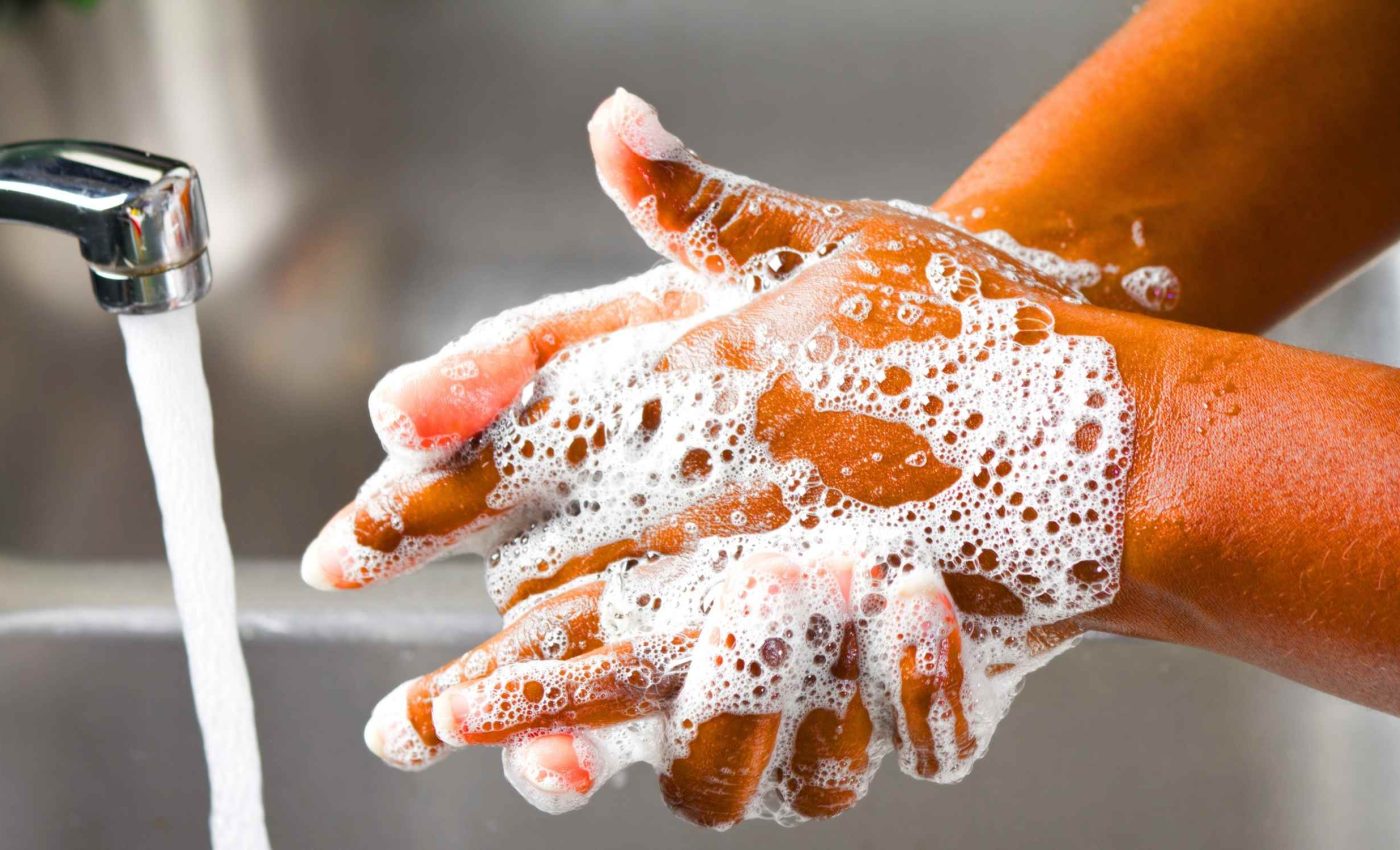
FDA issues infection risk warning from contaminated soaps and lotions
DermaRite Industries has expanded a nationwide recall of 16 product lines. The affected soaps, sanitizers, lotions, and deodorant were distributed across the United States and Puerto Rico.
The reason is the potential presence of Burkholderia cepacia complex (Bcc) – a group of bacteria that can cause serious infections in hospitals. Most healthy people face low risk, but vulnerable patients can suffer severe illness.
“Out of an abundance of caution the voluntary recall has expanded to include additional products and lots,” the FDA company announcement stated.
The company initiated a recall on July 16, 2025, then widened it last month.
“Burkholderia cepacia complex in these products may result in serious and life-threatening infections,” the FDA notice said. The risk rises sharply for people with weakened immune systems.
The recall covers personal care products used on skin, not sterile drugs placed directly into the body. Products in routine care can still create problems when used around wounds or medical devices.
Understanding Burkholderia cepacia
CDC’s overview says Burkholderia cepacia lives in soil and water. It can cause infections in healthcare settings, especially for people with weak immune systems.
These bacteria often tolerate common preservatives in watery products. That makes some topical items vulnerable if manufacturing controls fail.
A CDC report documented 119 infections linked to contaminated ultrasound gel in 10 states. Contamination of products used only on skin still led to bloodstream infections.
Spread happens through contaminated water systems, wet surfaces, or shared equipment. Careless handling can move the germs from skin into a medical device or a fresh wound.
Who faces the highest risk
People who are immunocompromised, those with weak immune defenses due to disease or treatment, face the greatest danger.
That includes patients with organ transplants, cancer therapy, advanced diabetes, or chronic lung disease.
Folks living with cystic fibrosis or other serious lung conditions face added risk. Hospitalized patients with central lines, catheters, or surgical wounds are also vulnerable.
The main fear is sepsis, a dangerous body wide response to infection. Early signs include fever and unusual fatigue, and fast care is vital.
Clinicians look for symptoms around new or irritated skin sites after product use. If symptoms appear, prudent steps include lab testing and targeted antibiotics when indicated.
Products with Burkholderia cepacia
The expanded recall of products contaminated with Burkholderia cepacia includes hand soaps, foaming cleansers, gel and foam hand sanitizers, antifungal and itch creams, skin protectants, and deodorant.
Distribution reached hospitals, nursing homes, and retailers in the United States and Puerto Rico.
Facilities were told to stop using affected lots immediately. They were directed to “immediately examine available inventory and destroy all affected products in accordance with each facility’s process,” the FDA notice said.
Consumers should check the lot number, the batch code printed on the product label. If a listed lot is present, stop use and ask the seller or facility about next steps.
FDA’s MedWatch program accepts consumer reports about problems with regulated products. Anyone who experiences symptoms after using a recalled item should contact a clinician promptly.
How manufacturers prevent this
An FDA communication warns that these bacteria can survive in water based drugs and resist some preservatives. The message to industry is clear, keep water systems clean and controlled or risk contamination.
The Burkholderia cepacia organisms can form biofilm inside factory pipes and tanks. That sticky buildup protects bacteria from disinfectants and helps them persist.
Regulators also promote targeted microbial testing designed to detect these organisms in nonsterile products. A dedicated method exists specifically for this group, and firms are expected to verify it works.
For families and caregivers, steady habits reduce risk around vulnerable people. Keep wounds covered, wash hands before care, and do not use recalled items on damaged skin.
The recall is a reminder that a topical product can still be hazardous in the wrong context. Stopping the chain of exposure is the fastest way to protect patients.
Protection from Burkholderia cepacia
Clinicians and purchasers can review inventory and substitute unaffected products from safe lots. Distributors should maintain lot traceability and remove suspect stock without delay.
Manufacturers that rely on water must treat it like a critical raw material. Strong monitoring, quick investigations, and documented fixes help prevent a repeat.
People who are healthy rarely get very sick from this group of bacteria. The stakes rise in hospitals, where small lapses can lead to big consequences.
Patients deserve confidence that everyday products will not seed infection. Recall actions, paired with transparent reporting, keep that trust intact.
—–
Like what you read? Subscribe to our newsletter for engaging articles, exclusive content, and the latest updates.
Check us out on EarthSnap, a free app brought to you by Eric Ralls and Earth.com.
—–













